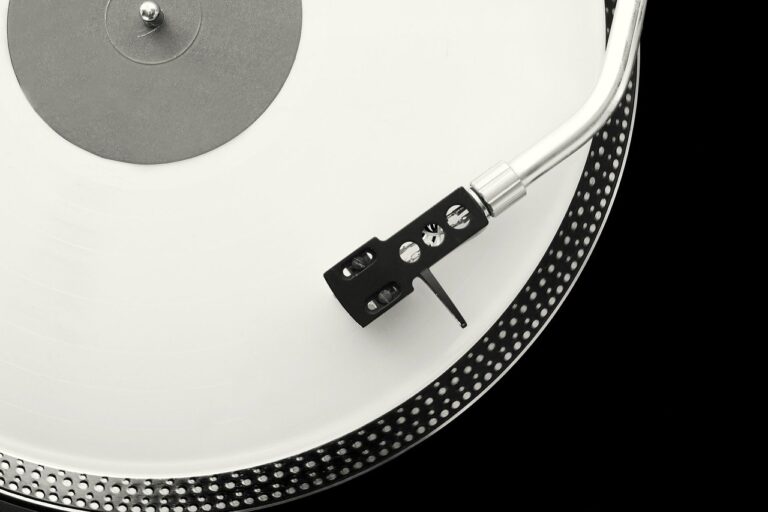This article discusses unusual techniques that can be used to arrange songs, music, or instrumentation.
As a rule, most arrangers and producers begin their work on material by building a certain pattern, or in other words, an arranging grid. Similar to the chord scheme of a song, it displays the main, most significant points of the arrangement: how the bass will interact with the bass drum, how the guitar will play, what density of the verse and chorus fabric, how to cement the form, etc.
In fact, it’s the right way to go because it cuts down on work time, and the standard arrangement schemes fit many songs. The Band in Box program, for example, by recorded chords, just plays according to a certain scheme. These schemes have long been well known to arrangers and producers, and many of them are very advantageous in both a balance and commercial sense.
However, very often musicians forget that the arrangement should primarily create a certain musical image, reflect the essence of the song, help reveal the image or even create it, which is not always possible to hear, especially in the work of non-professional arrangers.
The problem arises because everyone has a certain barrier of rules that simply cannot be crossed, because those rules are not realized by musicians and are considered something immutable. If you ask a musician to change a minor key to a major, most of them will wag their finger at you, but listen to Lera Gehner’s arrangement of In a mellow tone – it is a rare case when the arrangement sounds better than the original.
And its main idea is to replace a major with a minor.
So if you’re stumped, use a simple principle:
IF YOU DON’T GET THE RESULT YOU WANT WHEN YOU CHANGE THE ARRANGEMENT REPEATEDLY, YOU NEED TO CHANGE WHAT YOU DIDN’T THINK TO CHANGE.
Example: When arranging a song, there was no way I could find the right image. It sounded good, but it just didn’t feel right. Neither harmony change, nor tempo change, nothing helped. Eventually the song that was in the original 6/8 became 8/8 and everything fell into place. There was no need to change the harmony or the melody. Just the size.
As a rule, non-professional arrangers rarely stray from the framework the song gives them. The best way to do an arrangement is by sheet music. Then you won’t be tied to a particular interpretation of the material.
Another example: In one song, the pause between the bridge and the verse was filled with a guitar passage that sounded very corny. Any change in the passageway didn’t change anything until the passageway was two bars long. In the end, the same notes remained, but there was a little very tasty expansion in the square structure of the song.
To find a way out of a difficult situation, use the following method. Determine which features are primary and which are secondary.
Don’t leave anything out; meter, rhythm, harmony, strokes, melody are all important. Few people refuse to change the melody, but in certain situations, melody is what gets in the way of bringing freshness to the sound.
Remember: rules are fine when you need to react quickly, but when you want to create something really unique take the time to learn all the elements and then you’ll find the direction you need to go in easier. By learning to reject rules and transform them for our own purposes, we unleash our full creative potential.









